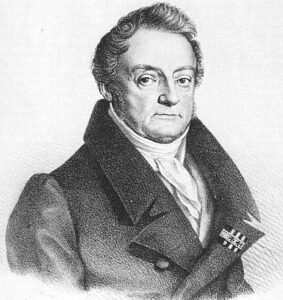Beethoven, Piano Sonata No. 21, Op. 53 “Waldstein”
Professor Carol will be presenting a webinar in our “Milestones” series on Beethoven’s Symphony No. 3 (“Eroica”). If you’re reading this after that webinar has occurred, all of our webinar recordings are indexed here.

Composed in 1804, the “Eroica” arguably marks the beginning of the Romantic era in music. Beethoven expanded the symphonic form, enlarged the orchestra, developed his themes to an unprecedented extent, and brought a new level of drama and energy to the symphony. It was in that same year that Beethoven composed the “Waldstein” sonata, which also constitutes something of a benchmark in the piano repertoire.
The same kind of dramatic energy found in the Eroica is evident in the unorthodox opening bars of this sonata. I asked Professor Carol a few days ago how she would describe it. She responded “insane,” and added that it settles down into “brutal and frenetic.”
The second movement is marked as an introduction. What would normally be a more extended slow movement flows seamlessly into gently flowing melody marking the third movement. But Beethoven soon develops that same theme into a cascade of wild scales and tremelos. Filled with fire and variety, this sonata is one of his most demanding and virtuosic.
Beethoven dedicated the sonata to Count Ferdinand Ernst Gabriel von Waldstein (1762-1823) who became one of Beethoven’s earliest patrons while Beethoven was still living in Bonn. At age 22, Beethoven moved from the rather provincial Bonn to the artistic center Vienna. Waldstein helped arrange for the young Beethoven to study with the acknowledged master Joseph Haydn.



